Facility - Innovative Solutions for Wastewater Treatment
The Organica Food Chain Reactor (FCR) facility is a type of Fixed-Film Activated Sludge system using natural (plant roots) as well as engineered media (inspired by root structures) to allow growth of robust and healthy biomass that effectively gobbles up the incoming load in the effluent. The plants – via their roots – not only provide a huge amount of surface area, but they also complete
Anaerobic Fixed Film Reactor (AFFR) Wastewater Treatment System On 4 March 2006, senior management of Chol Charoen Group, BIOTEC, and researchers from King Mongkut's University of Technology Thonburi (KMUTT) hosted the visit of H.E. Dr. Pravit Ratanapian, Minister of Science and Technology to the Chol Charoen Starch Mill in Chonburi Province.
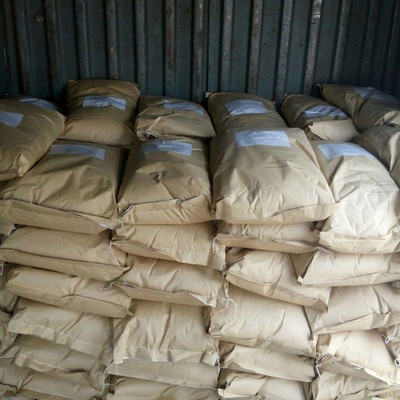
Types of Reactors in Wastewater Treatment | AOS Treatment
MBBR technology is one of many types of reactors in wastewater treatment. This process uses polyethylene biofilm to mix motion and aerated wastewater treatment basins. This process uses polyethylene biofilm to mix motion and aerated wastewater treatment basins.
Get Price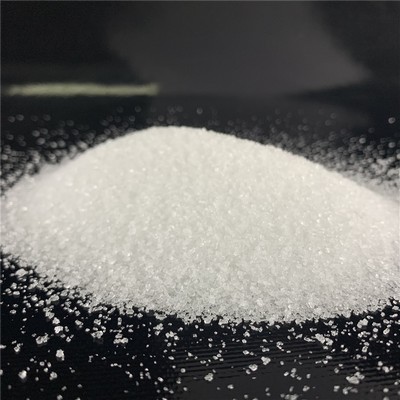
REVIEW OF RESEARCH ON BIO REACTORS USED IN WASTEWATER
The review presented in this paper focuses on reactors used in wastewater treatment for bio hydrogen production (e.g. batch reactors, complete mix reactors, plug flow reactors, bio-film reactors, suspended reactors, upflow anaerobic sludge blanket reactor, anaerobic baffled reactors, upflow packed-bed
Get Price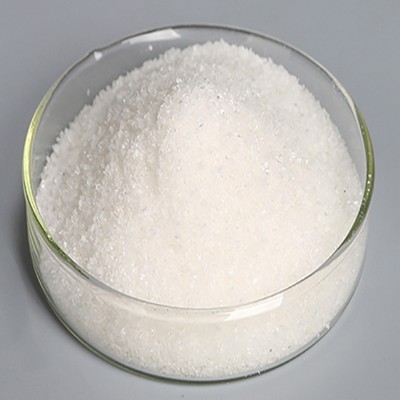
Biological Treatment Technologies & Processes | DAS
The Sequenced Batch Reactor (SBR) is an activated sludge technology for the treatment of wastewater based on two separate systems. A pre-treatment stage is used for mechanical retention of coarse material and also functions as a collection tank from which the contaminated wastewater advances to a biological activation or secondary sedimentation tank, the so-called SBR-tank.
Get Price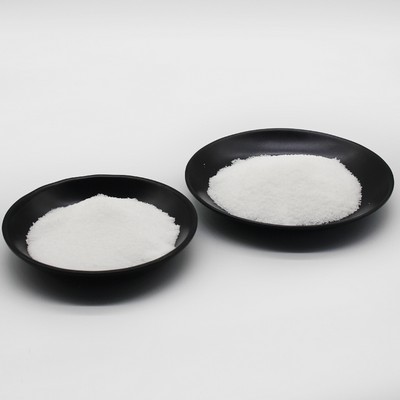
Biological Chip Reactors in Wastewater Plant - YouTube
Aeration of a Biological Chip Reactor. Aeration of a Biological Chip Reactor. Skip navigation Mixing of MBBR/IFAS process tanks in modern wastewater treatment plants. - Duration: 1:37. Landia
Get Price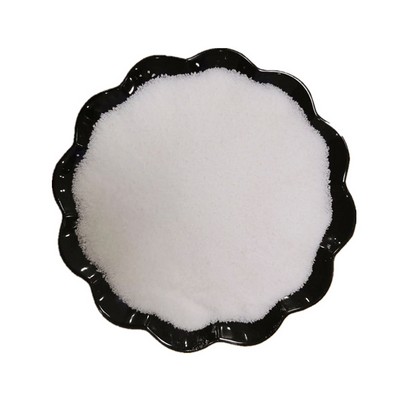
Membrane Technology for Water Treatment Applications
In the concept, nitrogen, phosphorus, and dissoved organic matter as plant nutrition in WW were mostly kept after treatment, whereas heavy metals and pathogenic microorganisms were removed in the
Get Price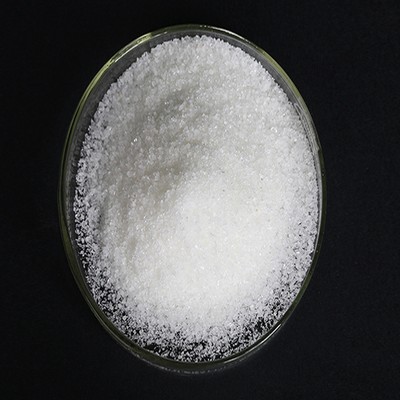
Aerobic digestion reactors for biological wastewater treatment
Biological wastewater treatment (anaerobic and aerobic digestion reactors) takes advantage of the ability of certain microorganisms (including bacteria) to assimilate organic matter and nutrients dissolved in the water for their own growth, thus removing soluble components in the water. Soluble organic matter is assimilated by microorganisms as
Get Price
ANAEROBIC FILTER AND DSFF REACTORS IN ANAEROBIC TREATMENT
An anaerobic filter (AF) and a downflow stationary fixed film (DSFF) reactor were used for the treatment of a tuna processing wastewater. Start-up of the anaerobic reactors was improved using lactose as co-substrate.
Get Price
About Us - Innovative Solutions for Wastewater Treatment
A Proven Solution with Global Reach. Organica Water is a global provider of innovative solutions for the treatment and recycling of wastewater. Organica’s portfolio of solutions for wastewater treatment covers the full value chain, from Design to Facility construction (leveraging the Organica Food Chain Reactor solution) and Operations Management (focused on its Digital Services offering).
Get Price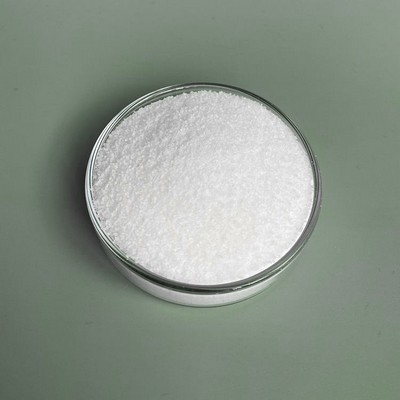
Wastewater treatment technology for developing countries
This natural process results in a 90% reduction in plant energy, reduces a wastewater treatment system’s operational costs by 40-60%, and reduces capital expenditures. Its manufacturers claim that it is far more sustainable than other biological wastewater treatment systems that use microorganisms to treat wastewater, so it is ideal for use
Get Price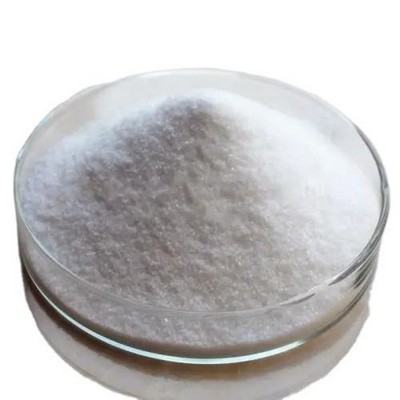
Biological wastewater treatment and bioreactor design: a
Biological wastewater treatment is a biochemical process that is centuries old. Even today, as the quantity of industrial effluents discharged is on the increase and the types of pollutants present in the effluent streams are getting diversified, wastewater treatment processes are being investigated and experimented exorbitantly all over the globe.
Get Price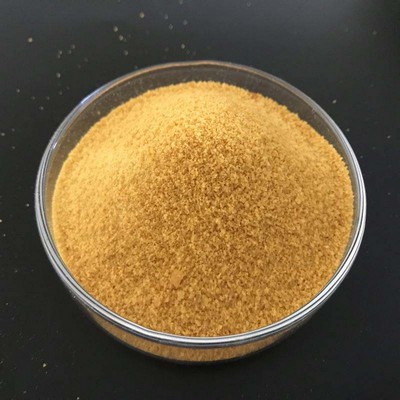
Development of Advanced Wastewater Treatment
In this process, two types of biological treatment methods are used: bio-film reactor (BFR) and membrane bioreactor (MBR). These treatment systems are illustrated in Figure 3. BFR is a fixed bio-film process in which organics are aerobically treated through the use of oxygen and
Get Price
COD capture: a feasible option towards energy self
The conventional activated sludge (CAS) process has been employed for domestic wastewater treatment for more than 100 years, where organic matters are mainly converted to biomass and carbon dioxide.
Get Price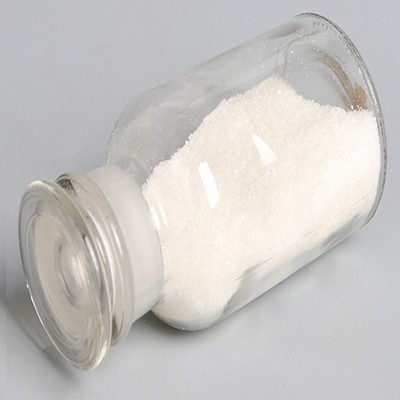
Introduction to Wastewater Treatment Processes - 2nd Edition
Introduction to Wastewater Treatment Processes, Second Edition presents the principles of chemical kinetics, reactor design, and the mechanism of biological treatment processes. This book provides the numerical applications that illustrate the treatment of laboratory data.
Get Price
fixed bed bioreactor Equipment | Environmental XPRT
The Containerized Wastewater Treatment Plant from HILT™ MBBR system (Moving Bed Bioreactor) is a horizontal wastewater treatment reactor based on moving bed bioreactor technology, where moving plastic carriers with fixed biofilm remove organic substances in the water. The biofilm carrier elements are free to move around within the
Get Price
The Rise of MABR Technology: Is the Future Bubbleless
Ultimately, Peeters believes MABR is disruptive to conventional wastewater treatment because it significantly reduces energy consumption. For him, this is particularly relevant because aeration is the largest energy consumer in a wastewater treatment plant and increasing the efficiency of oxygen transfer by four times is “a game-changer with respect to the energy footprint of a biological treatment process”.
Get Price
Innovative technology generates energy from wine production
AnAerobics' MFT is the first successful full-scale application of the expanded bed biological treatment process. The bulk of the reactor volume is occupied by the bed of small-diameter carrier media to which the biomass attach and grow. Wastewater is distributed across the bottom of the bed inducing up-flow through the bed.
Get Price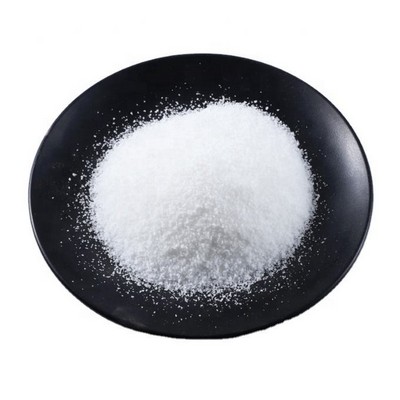
Treatment of Contaminated Waters with Petroleum by Moving
slaughter house waste, phenolic wastewater, dairy wastewater and municipal wastewater [5].The MBBR process is based on the bio film principle that take advantage of both activated sludge process and conventional fixed film systems without theirs disadvantages. Reactor can be operated at very high load and
Get Price
From Conventional Activated Sludge Process - SpringerLink
The capital and operation and maintenance (O&M) costs of the process play a critical role in the final system selection. During the past decade, membrane bioreactor (MBR) has progressively replaced these biological wastewater treatment systems.
Get Price
Xtreme Bio Media for Waste Water Treatment
Xtreme Bio Media for Waste Water Treatment The Waste Water industry has been around for more than 100 years. Every town, county or city needs some kind of waste water treatment. With our current patented Xtreme Bio Media it is a good way to get involved with the Waste Water Treatment industry.
Get Price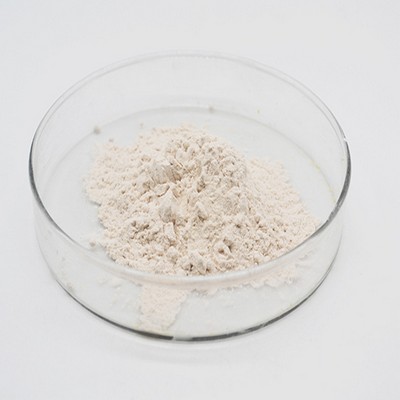
Hydrochloric Acid Treatment | De Dietrich Process Systems
Hydrochloric acid is one of the commonest chemicals available today and is used in a wide variety of applications, some of the most important being: Chemical synthesis - organic chlorides for agrochemicals and polymers as PVC; Production of inorganic chemicals for water treatment Regenerations of ion exchangers; Metal cleaning - pickling acids
Get Price
The Rise of MABR Technology: Is the Future Bubbleless
Ultimately, Peeters believes MABR is disruptive to conventional wastewater treatment because it significantly reduces energy consumption. For him, this is particularly relevant because aeration is the largest energy consumer in a wastewater treatment plant and increasing the efficiency of oxygen transfer by four times is “a game-changer with respect to the energy footprint of a biological treatment process”.
Get Price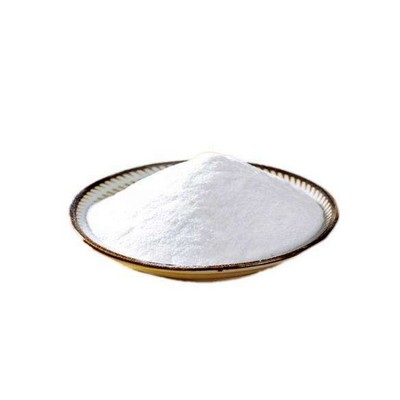
Research Project Publication Details | Adsolubilization
Lin H, Valsaraj KT. Development of an optical fiber monolith reactor for photocatalytic wastewater treatment. Journal of Applied Electrochemistry 2005;35(7-8):699-708. R828598 (Final) R828598C753 (Final) Abstract: SpringerLink-Abstract Exit; Journal Article : Yuan QZ, Ravikrishna R, Valsaraj KT. Reusable adsorbents for dilute solution separation. 5.
Get Price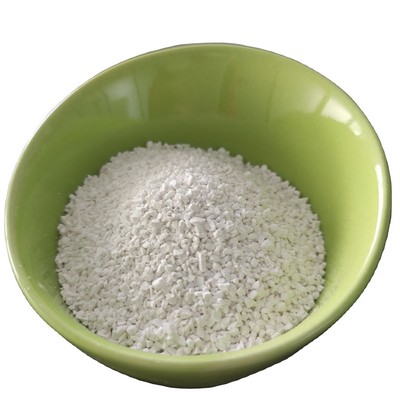
MBR - Arvind Envisol - Wastewater Treatment Solutions
Membrane Bioreactor (MBR) is a secondary wastewater treatment process. It is used widely in both industrial wastewater treatment as well as municipal level wastewater treatment. It is one of several processes which can be used to treat effluent in secondary treatment, as listed below: Activated Sludge Process (ASP) Extended Aeration System (EAS)
Get Price
Treatment of Contaminated Waters with Petroleum by Moving
slaughter house waste, phenolic wastewater, dairy wastewater and municipal wastewater [5].The MBBR process is based on the bio film principle that take advantage of both activated sludge process and conventional fixed film systems without theirs disadvantages. Reactor can be operated at very high load and
Get Price
US4997568A - Process and apparatus for a biological
Oxygen can be diffused into the final treatment stage by providing large surface exposure to ambient air. The treated effluent has a benign health and aesthetic quality to permit disposal as normal surface run-off, used for irrigation and landscaping or allowed to percolate into subsurface soil without clog mat formation.
Get Price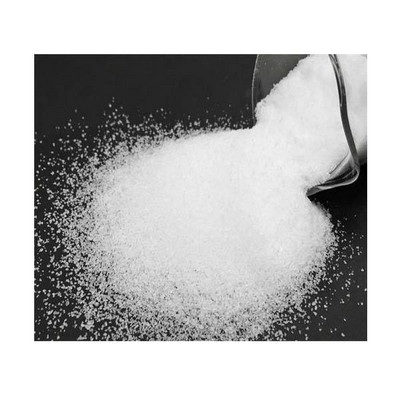
Biofilm reactors : [the latest methods for wastewater
3.2.6.2 Pre-Denitrification Moving-BedBiofilmReactors 229 3.2.6.2 Post-DenitrificationMoving-Bed Biofilm Reactors 230 3.2.6.3 Combined Pre-/Post-Denitrification Moving-Bed
Get Price
Reaction Engineering for Pollution Prevention - 1st Edition
Design and development of two large-scale photocatalytic reactors for treatment of toxic organic chemicals in wastewater (A.K. Ray). Supercritical Fluids. Asymmetric catalytic hydrogenation in CO2 expanded methanol – an application of gas anti-solvent reactions (GASR) (G.B. Combes et al. ).
Get Price







